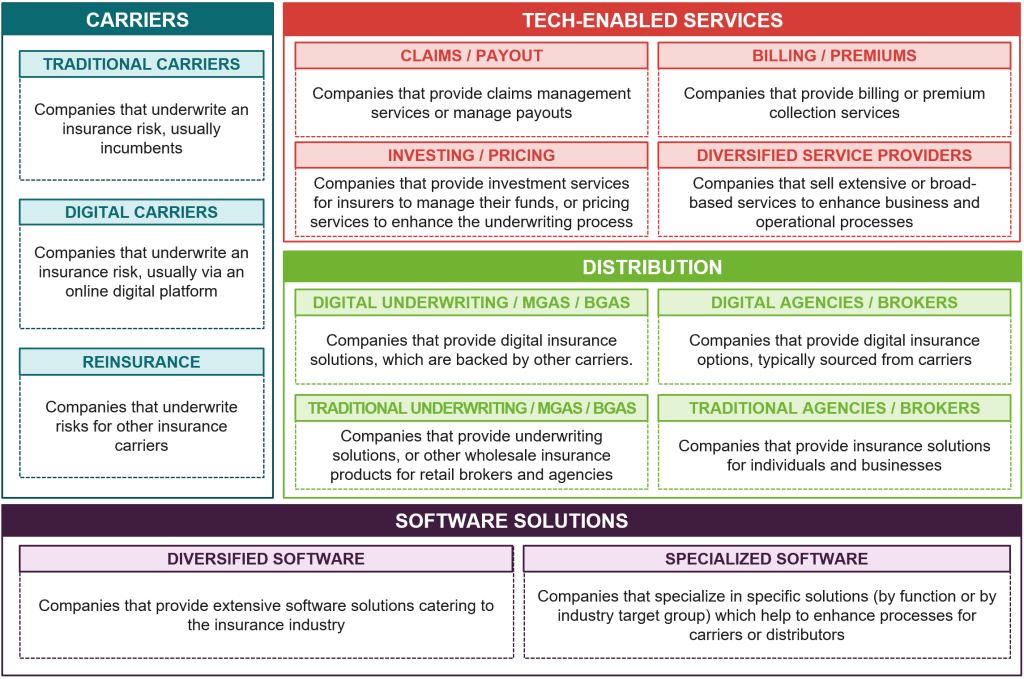Mapping the Practical Panorama: A Deep Dive into Haskell’s map
Associated Articles: Mapping the Practical Panorama: A Deep Dive into Haskell’s map
Introduction
On this auspicious event, we’re delighted to delve into the intriguing subject associated to Mapping the Practical Panorama: A Deep Dive into Haskell’s map. Let’s weave fascinating info and provide contemporary views to the readers.
Desk of Content material
Mapping the Practical Panorama: A Deep Dive into Haskell’s map

Haskell, a purely useful programming language, distinguishes itself by way of its elegant therapy of information buildings and capabilities. Central to this class is the map perform, a robust software for reworking collections of information. This text will discover map intimately, delving into its definition, purposes, implementation nuances, and comparisons with related capabilities in different programming paradigms. We may also look at superior makes use of, together with its interaction with different higher-order capabilities and its position in constructing extra advanced information transformations.
The Essence of map
At its core, map is a higher-order perform. This implies it takes a number of capabilities as arguments. In Haskell, map‘s signature is often outlined as:
map :: (a -> b) -> [a] -> [b]Let’s break this down:
-
(a -> b): This represents a perform that takes an argument of kindaand returns a worth of kindb. That is the perform thatmapwill apply to every aspect within the listing. -
[a]: This can be a listing containing parts of kinda. That is the enter listing thatmapwill iterate over. -
[b]: That is the output listing, containing parts of kindb, ensuing from the applying of the perform(a -> b)to every aspect of the enter listing.
In easier phrases, map takes a perform and an inventory, applies the perform to every aspect of the listing, and returns a brand new listing containing the outcomes. It is a basic operation for reworking information with out modifying the unique listing, adhering to Haskell’s immutable nature.
Illustrative Examples
Let’s think about some sensible examples to solidify our understanding:
- Squaring Numbers: Suppose we’ve an inventory of numbers and we need to sq. every one.
numbers = [1, 2, 3, 4, 5]
squaredNumbers = map (^2) numbers -- (^2) is a perform that squares its argumentThis may end in squaredNumbers being [1, 4, 9, 16, 25].
- String Manipulation: As an instance we’ve an inventory of strings and we need to convert every string to uppercase.
strings = ["hello", "world", "haskell"]
upperStrings = map toUpper stringsThis may yield upperStrings as ["HELLO", "WORLD", "HASKELL"].
-
Customized Features: We are able to outline our personal capabilities and use them with
map. For instance, let’s create a perform to double a quantity and add one:
doubleAndAddOne :: Int -> Int
doubleAndAddOne x = 2 * x + 1
numbers = [1, 2, 3, 4, 5]
transformedNumbers = map doubleAndAddOne numbersThis may produce transformedNumbers as [3, 5, 7, 9, 11].
Implementation Particulars and Laziness
Haskell’s lazy analysis performs a vital position in map‘s effectivity. map does not essentially course of all the enter listing directly. As an alternative, it evaluates every aspect solely when its result’s wanted. That is notably helpful when coping with probably infinite lists or lists the place processing some parts is computationally costly. The output listing can be lazily evaluated, which means solely the mandatory parts are computed as they’re accessed.
A naive implementation of map may seem like this (although the precise Haskell implementation is extra optimized):
myMap :: (a -> b) -> [a] -> [b]
myMap f [] = []
myMap f (x:xs) = f x : myMap f xsThis recursive definition clearly exhibits how map processes the listing: it handles the empty listing case ([]) and the non-empty listing case ((x:xs)), recursively making use of the perform f to every aspect.
Past Lists: Generalization with Functors
The facility of map extends past lists. The idea of making use of a perform to every aspect of a construction is generalized by way of the idea of functors in Haskell. A functor is a kind class with a single methodology, fmap, which is actually a generalized model of map. The fmap perform has the signature:
fmap :: Functor f => (a -> b) -> f a -> f bThis enables map-like performance for varied information buildings past lists, similar to Possibly, Both, and customized information sorts that implement the Functor typeclass.
As an example:
import Knowledge.Possibly
maybeNumber = Simply 5
maybeSquared = fmap (^2) maybeNumber -- Consequence: Simply 25
nothing = Nothing
nothingSquared = fmap (^2) nothing -- Consequence: NothingThis demonstrates how fmap (which behaves like map on this context) handles Possibly values gracefully.
Combining map with Different Greater-Order Features
The true power of map emerges when mixed with different higher-order capabilities like filter, foldr, and concatMap. This enables for stylish information transformations in a concise and expressive method.
For instance, let’s discover the squares of even numbers in an inventory:
numbers = [1, 2, 3, 4, 5, 6]
evenSquares = map (^2) (filter even numbers)Right here, filter even numbers selects even numbers, after which map (^2) squares them.
One other instance utilizing concatMap:
strings = ["abc", "def", "ghi"]
allChars = concatMap (s -> [c | c <- s]) stringsconcatMap first applies a perform that breaks every string into an inventory of characters, after which concat concatenates all of the ensuing character lists.
Comparability with Crucial Approaches
In crucial languages like Python or Java, reaching the identical performance as Haskell’s map typically entails loops or iterators. As an example, the Python equal of squaring an inventory of numbers could be:
numbers = [1, 2, 3, 4, 5]
squaredNumbers = [x**2 for x in numbers] # Record comprehensionor utilizing a loop:
numbers = [1, 2, 3, 4, 5]
squaredNumbers = []
for x in numbers:
squaredNumbers.append(x**2)These approaches, whereas useful of their end result, are much less concise and fewer declarative than Haskell’s map. The crucial model explicitly manages the iteration course of, whereas Haskell’s map elegantly abstracts away these particulars, specializing in the transformation itself.
Conclusion
Haskell’s map perform is greater than only a easy listing transformation software. It is a cornerstone of useful programming, embodying the rules of immutability, higher-order capabilities, and lazy analysis. Its generalization by way of the Functor typeclass additional extends its applicability past lists, making it a flexible and highly effective part in any Haskell programmer’s arsenal. Understanding map and its interaction with different higher-order capabilities is crucial for writing elegant, environment friendly, and maintainable Haskell code. The conciseness and expressiveness it offers considerably contribute to the general readability and class of Haskell packages, making it a key aspect within the language’s distinctive useful model. Its lazy analysis additionally ensures effectivity, notably when coping with giant or infinite information units. By mastering map, builders unlock a good portion of Haskell’s energy and wonder, paving the best way for extra superior useful programming methods.








Closure
Thus, we hope this text has supplied worthwhile insights into Mapping the Practical Panorama: A Deep Dive into Haskell’s map. We thanks for taking the time to learn this text. See you in our subsequent article!